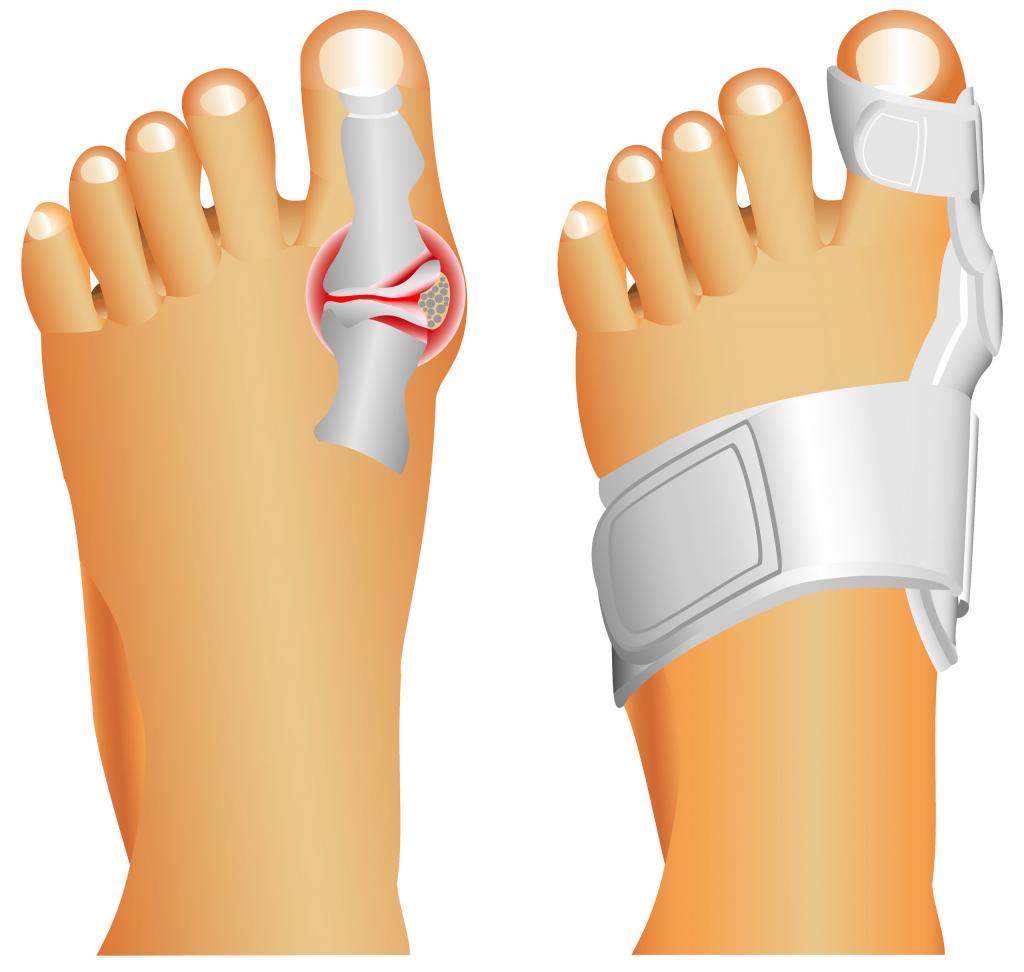Sprained ankles are the most typical type of musculoskeletal injuries seen by primary-care companies.
About Ankle Sprains
Ankle sprains are common sports injuries but additionally happen during everyday actions. An unnatural twisting movement of the ankle joint can occur when the foot is planted awkwardly, when the ground is uneven, or even when an unusual amount of force is applied to the joint.
The ankle joint is constituted of three bones.
- The tibia: the major bone tissue of the lower leg. This bears most of the body's weight. Its bottom part portion forms the medial malleolus, the inside lump of the ankle.
- The actual fibula: the smaller of the two bones within, the lower leg. Its entry level forms the lateral malleolus, the outer bump of the ankle.
- The talus: this is the top bone of the foot.
- Tendons link muscles to bones.
- Some muscles control motion in the ankle. Each features a tendon connecting it to 1 or more of the bone fragments of the foot. Muscles can be stretched or ripped when the joint is subjected to greater than normal tension. Chronic inflammation of the stretched or torn tendon is called tendinitis.
- Tendons may also be pulled off the bone, called an avulsion injury.
- Ligaments provide a link between bones. Sprains tend to be injuries to the structures.
- The ankle has many bone fragments that come together to form the joint, so it has many structures holding it together. Stress on these ligaments may cause them to stretch or rip.
- The most commonly injured tendon is the anterior talofibular ligament that connects the front part of the fibula to the talus bone tissue on the front-outer component of the ankle joint.
Ankle Sprain Diagnosis
The doctor will certainly perform a physical exam to verify if a fracture or some other serious injury has occurred that requires immediate care.
The actual examination should check that the nerves or arteries to the foot have not already been injured and that the leg or the rest of the leg is not included.The doctor will handle as well as move the foot as well as ankle to determine what bony parts are involved.The Achilles tendon is going to be checked for signs of rupture.X-rays are often required to confirm if a fracture exists. In some cases of fracture, the CT scan may be required.
Ankle Sprain Prevention
Ankle joint sprain prevention can be as easy as wearing the correct shoes or as complex as balance training for sports athletes.Wear proper shoes about the activity. Always put on stable shoes that give your ankle proper support. High-top basketball shoes are a good option. (High heels or system shoes are not the best options if you're trying to prevent a good ankle sprain.)Maintain the ankles strong and versatile. Consult with the doctor or even physical therapist for building up exercises.When participating in an activity, consider having a weak ankle joint taped, as taping provides extra support. If you have repetitive sprains, wearing an ankle joint brace while playing might help.Make sure a playing area (or home environment) is apparent of any holes or even obstacles to help avoid injuries.If you have flat feet or even bunions, consult a podiatrist as these conditions could lead to stability problems or instability of the ankle.

Ankle Sprain Treatment
Treatment by a physician will be similar to home treatment, especially using ice to lessen inflammation.The foot doctor may choose to apply a brace or even cast to reduce motion of the ankle. Crutches are often provided, so the individual does not bear weight upon the injured ankle.The most typical medications used for ankle sprains are anti-inflammatory pain medicines that both reduce discomfort and help control inflammation. In case the patient cannot endure these drugs, acetaminophen (Tylenol) or narcotics are common options.


